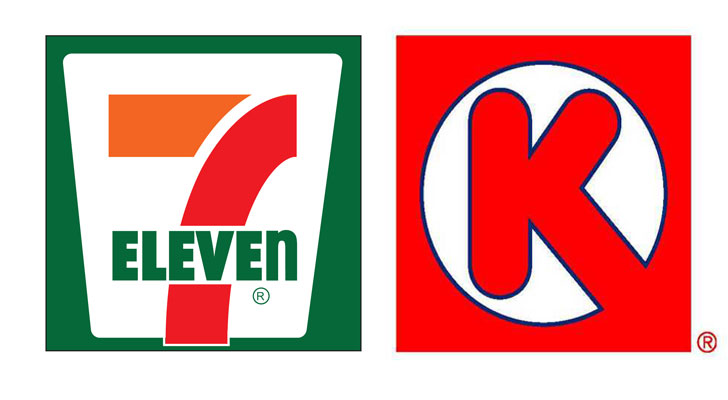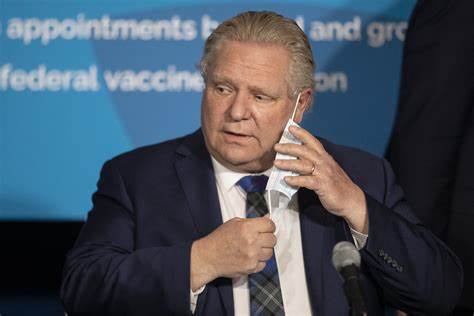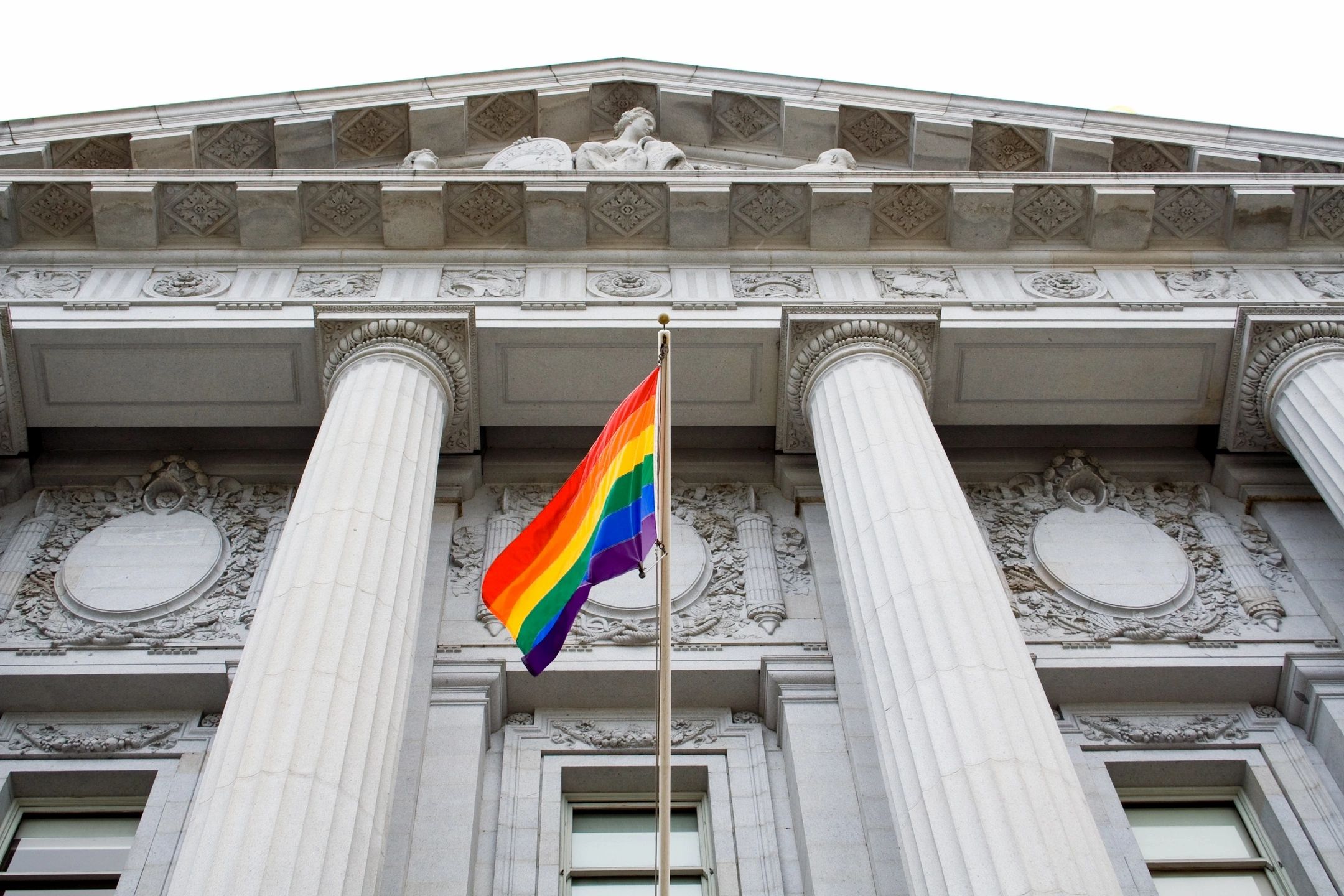Ontario Premier Doug Ford has expanded his cabinet to 37 ministers and associate ministers after a recent mini-summer reshuffle, setting a new record for the province’s largest cabinet.
The reshuffle on Friday was prompted by Todd Smith’s resignation as Minister of Education just two months after taking the role. Jill Dunlop, previously responsible for colleges and universities, was appointed as the new Education Minister. Her former position was filled by junior cabinet minister Nolan Quinn, who had been serving as Associate Minister of Forestry. Kevin Holland, who had not held a cabinet post before, replaced Quinn in this role.
Additionally, Graham McGregor, who was the parliamentary assistant to the Solicitor General, was promoted to Associate Minister for Auto Theft and Bail Reform.
These changes mean Ford now oversees the largest cabinet in Ontario’s history, surpassing his previous record of 36 ministers and associate ministers. This new cabinet is nearly twice the size of the premier’s original 2018 cabinet, which consisted of 20 members.
Critics have voiced their disapproval, accusing Ford of prioritizing his party’s interests over the province’s needs.
“The largest cabinet in our province’s history just got even larger — benefiting everyone but the people of Ontario,” Ontario NDP Leader Marit Stiles said.
“Right before schools open, the Minister of Education jumps ship as Doug Ford invents a new job to hand yet another hefty raise to one of his MPPs. You deserve a government that serves the people’s interest, not theirs.”
While each MPP has a base salary of $116,550, additional roles come with higher pay. These salary increases range from $16,000 to $50,000 depending on the position.
The premier earns an annual salary of $208,974, while cabinet ministers receive $165,850.65. Associate ministers earn $138,927.60, slightly more than the $133,216.65 paid to parliamentary assistants.
Ford currently has over 30 parliamentary assistants, including McGregor, who was recently promoted from his PA role to associate minister.
Speculation is growing around Queen’s Park that the province may be heading for an early election. Ford has not ruled out the possibility, as indicated during an event at the end of May.
Opposition parties have begun nominating candidates, while the Progressive Conservatives continue to target Crombie, who won the Liberal leadership last year, with a wave of attack ads.
In 2018, the PCs ran on a platform emphasizing fiscal responsibility, shifting to massive infrastructure projects and new housing for the 2022 campaign. However, six years after campaigning against “reckless spending,” Ford is now under scrutiny for his handling of public funds.
Annual salary reports released earlier this year reveal that Ford’s administration oversees the most expensive premier’s office in Ontario’s history. In 2019, Ford’s first full year in office, 20 staff members in his office were on the sunshine list—a public database of taxpayer-funded employees earning over $100,000 annually. That year, those on the list earned a total of $2.9 million.
By 2023, the number of premier’s office employees on the sunshine list more than doubled to 48, with their combined compensation rising to $6.9 million. This figure surpasses both what Ford spent on his office when he was first elected and the cost of former Liberal Premier Kathleen Wynne’s office.
The premier’s office did not respond to a request for comment from Global News ahead of publication.


